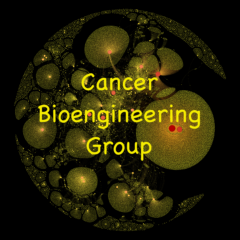Currently, the only popular trend in science is to publish only those results that look as a breakthrough or display statistically significant data. Obsession with positive outcome leads to discontinuation and non-publishing the all other data which don’t meet the requirements. As a result researchers and public did not know mistakes, efforts and drilling details of non-positive studies, so they have no opportunity to review this data, refine the research hypothesis and technical performance. This leads to waste of time and funding money.
The very recent study by Natalie Pica, MD, PhD, and Florence Bourgeois MD, MPH from the Department of Pediatrics at Harvard Medical School and Boston Children’s Hospital, both in Massachusetts has again confirmed the problem. The researchers carried out a retrospective, cross-sectional study of childhood randomized controlled trials and published their findings in Pediatrics (DOI: 10.1542/peds.2016-0223). They collected information from all trials that were registered ClinicalTrials.gov from 2008 to 2010, then searched scientific publications based on the trials. They also verified final status of the selected trials (completed or discontinued) by the end of 2012. If researchers found no publication, they contacted investigators and sponsors associated with trials to clarify the issue.
The main findings were:
- 19% of 559 trials were discontinued early representing approximately 8369 children. The most common reason for discontinuation – difficulty with patient accrual (37%).
- 30 % of the 455 completed trials were not published, representing 69 165 children participants.
- Only 42 unpublished trials posted results on ClinicalTrials.gov.
- Trials were less likely to be dropped if they were funded by industry.
- Trials funded by industry were more than twice as likely to result in nonpublication and a longer mean time to publication when compared with trials sponsored by academia.
Researchers concluded that “withdrawal and nonpublication were common, resulting in thousands of children exposed to interventions that did not lead to informative or published findings. Trial funding source was an important determinant of these outcomes, with both academic and industry sponsors contributing to inefficiencies.” (Pica N & Bourgeois F, 2016, e 20160223)
Pica N & Bourgeois F, Discontinuation and Nonpublication of Randomized Clinical Trials Conducted in Children. PEDIATRICS V 138(3) 2016:e 20160223 Access to the study can be found here:
http://pediatrics.aappublications.org/content/pediatrics/early/2016/08/02/peds.2016-0223.full.pdf

